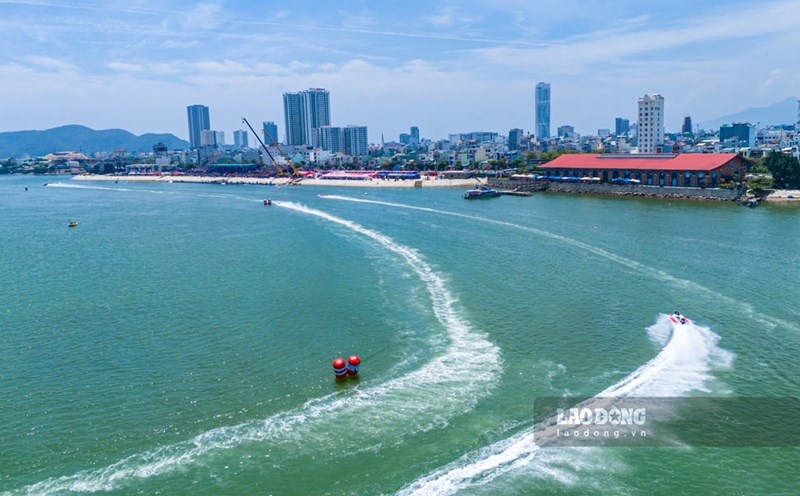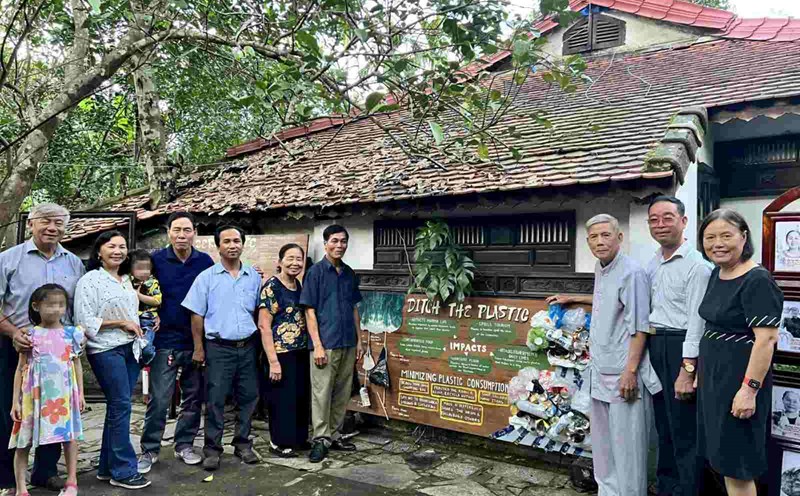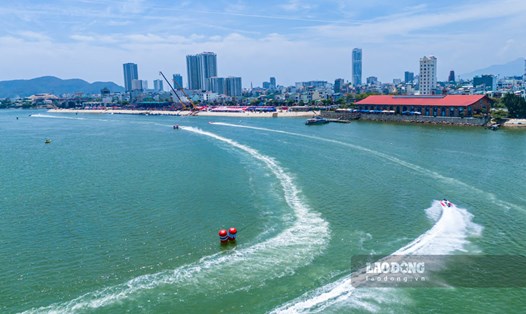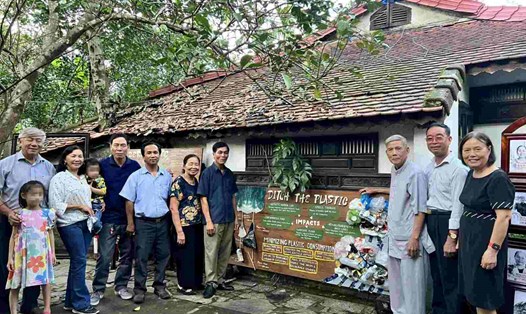According to UNEP, environmental pollution from plastic waste is becoming the most pressing issue facing countries around the world. Every year, about 400 million tons of plastic are produced worldwide, half of which is designed for single use only. An estimated 19-23 million tons of plastic waste is dumped into lakes, rivers and seas every year.
Recently, the Government has issued many important legal documents, expressing its viewpoint towards reducing plastic waste (RTN) in tourism. These include detailed regulations on a number of articles of the Law on Environmental Protection, aiming to ban the circulation and use of single-use plastic products and non-biodegradable plastic packaging in tourist areas and destinations after 2025; Decision No. 1316/QD-TTg indicates that by 2025, 100% of tourist areas and accommodation establishments will not use single-use plastic products, non-biodegradable plastic bags and single-use plastic products.
Along with that, the Ministry of Culture, Sports and Tourism has also issued a set of criteria to guide environmental protection for tourism and service establishments in tourist areas and destinations.
However, at tourist destinations, plastic waste is still a burning issue. In the discussion program "Reducing plastic waste for sustainable tourism development" of Lao Dong Newspaper with the participation of Mr. Vu Quoc Tri, General Secretary of Vietnam Tourism Association and Associate Professor, Dr. Nguyen The Chinh, former Director of Institute of Strategy and Policy on Natural Resources and Environment (Ministry of Natural Resources and Environment), many issues were analyzed and clarified.
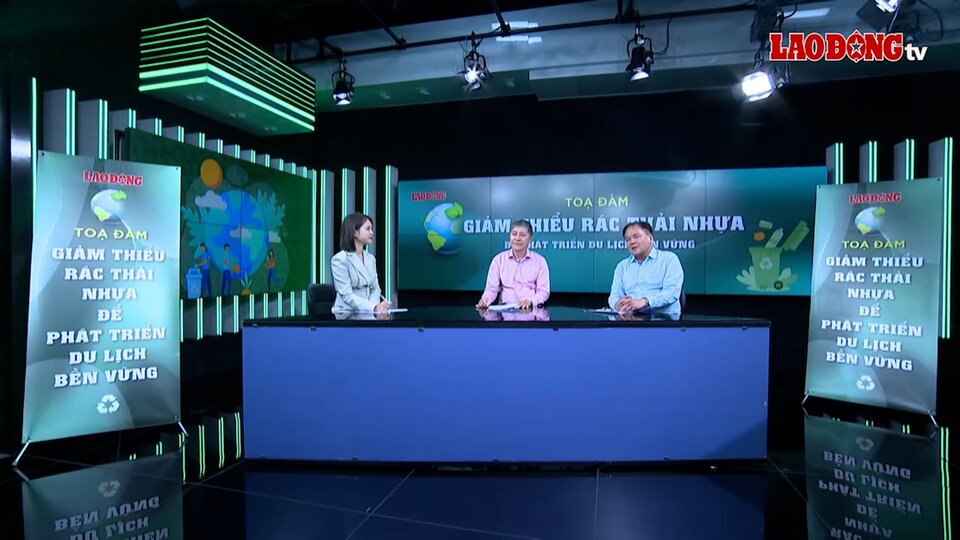
Why is it difficult to solve the problem of plastic waste generated from tourism?
According to Associate Professor Dr. Nguyen The Chinh, former Director of the Institute of Strategy and Policy on Natural Resources and Environment - any tourism activity can be a cause of pollution. From resort tourism, eco-tourism, tourism conferences, as long as there is human activity, waste will be generated.
To minimize waste generated from tourism activities, it is important to have a plan to manage and treat waste from the beginning, especially for plastic waste such as nylon bags.
Mr. Vu Quoc Tri, General Secretary of the Vietnam Tourism Association, commented that the Vietnamese tourism industry currently has four official tourism product lines: sea and island tourism, eco-tourism, cultural tourism, and urban tourism, in addition to a number of other tourism products. However, we should not distinguish which type of tourism releases more waste into the environment, but rather determine that the cause of waste is due to human activities, specifically tourists. To reduce and prevent it, we must change tourists' awareness.
To make this happen, it requires a combination of many factors such as people, management mechanisms, and most importantly, a change in awareness. A country where people not only do not litter but also voluntarily collect and clean the environment cannot have pollution.
"I have had the opportunity to travel to many countries such as Japan, Singapore... in these countries, people's awareness is very good. When they see trash, they will voluntarily pick it up and collect it right away, instead of throwing it into the environment.
It must also be recognized that environmental protection awareness is a weakness of our people. We must frankly admit that we are still quite arbitrary in littering the environment, combined with ineffective management methods," Mr. Chinh expressed his opinion.
Solutions to reduce plastic waste from tourism
Faced with the current pressing situation of plastic waste in general and plastic waste in tourism in our country, many solutions to limit and reduce plastic waste from tourism activities have been proposed by experts in the discussion.
According to Associate Professor, Dr. Nguyen The Chinh, the first factor is the need to have a synchronous system of collecting and classifying waste.
"For example, in Japan and Singapore, there is a system of classifying garbage into 3-4 different types. Right from the source, the garbage is clearly classified. They also educate tourists on how to classify garbage, plastic bags, plastic bottles, and organic waste.
Second is infrastructure, so that people can classify garbage, there needs to be adequate infrastructure. Then, there needs to be management supervision. For example, in Singapore, when tourists litter in the wrong place, there will be surveillance cameras and reminders. There is even a mechanism to encourage reporting this behavior," Mr. Nguyen The Chinh analyzed.
According to Mr. Vu Quoc Tri, General Secretary of the Vietnam Tourism Association, our current solutions to reduce plastic waste in tourism are still lacking in consistency and need to be implemented on many subjects.
"For the tourism industry, we are currently focusing on the issue of reducing plastic waste. Waste classification and recycling is at a higher level and requires more factors.
"The first reduction here is from tourists. The second is from people serving tourists, the tourist service system, and the third is from the community living around the tourist area," said Mr. Tri.
Regarding the issue of reducing plastic waste in tourism, the representative of the Vietnam Tourism Association also admitted that there are many overlaps in the current solution to this problem. To solve the problem at its root, inter-sectoral coordination is needed.

